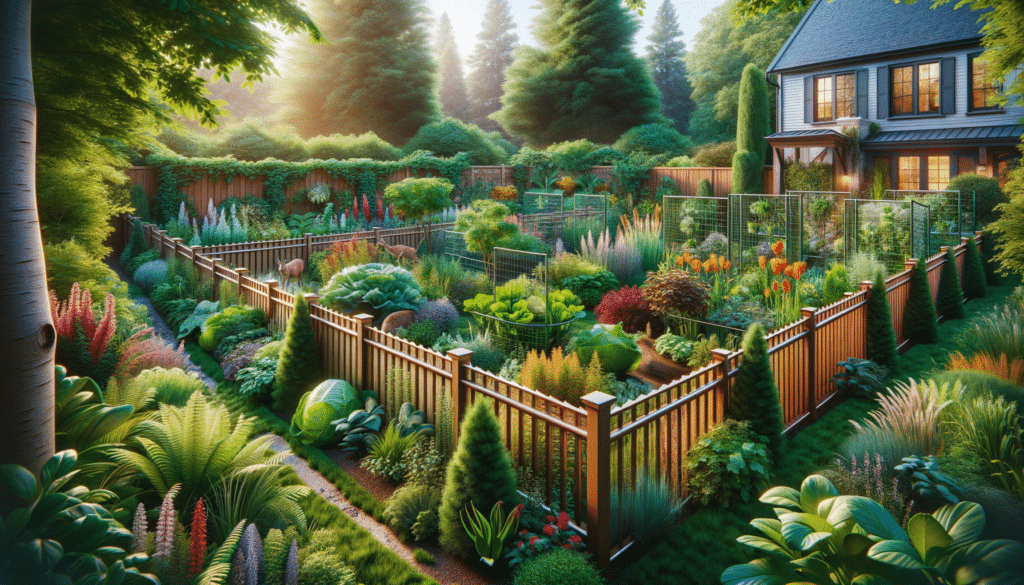Introduction
Gardens are a sanctuary for both the plants we nurture and the wildlife that roams freely. However, the latter can often pose a challenge to maintaining a thriving garden. Protecting your garden from deer and other animals requires more than just a tall fence. This guide explores practical enclosure options, smart layout strategies, and how to balance visibility, airflow, and durability for optimal security without overbuilding.
Understanding Deer-Resistant Garden Enclosures
Deer-resistant garden enclosures are essential for gardeners living in areas with high wildlife activity. These enclosures are designed to deter deer using a combination of height, material, and strategic placement. While no barrier is entirely deer-proof, several options significantly reduce the likelihood of deer intrusion.
One effective approach is using fencing materials that are both durable and visually appealing. Options include:
- Wooden fences with a height of at least eight feet, as deer are known to jump high.
- Metal mesh or wire fences that offer transparency and blend with the natural environment.
- Electric fences, which provide an additional deterrent through mild shocks.
Incorporating natural barriers such as thorny shrubs or dense foliage can also enhance the effectiveness of these enclosures. By understanding the behavior of deer and implementing a combination of these strategies, gardeners can protect their precious plants while maintaining an aesthetically pleasing garden space.
Creative Wildlife Fencing Ideas
When it comes to wildlife fencing, creativity can play a pivotal role in designing solutions that are both effective and harmonious with your garden’s aesthetics. Wildlife fencing ideas can range from traditional to innovative, ensuring that your garden remains protected while enhancing its visual appeal.
Consider these wildlife fencing ideas:
- Living fences made from dense hedges or fast-growing trees that provide a natural barrier.
- Recycled materials such as old doors or windows, which add a rustic charm.
- Incorporating vertical garden elements into the fence design, allowing for additional planting space.
The key is to balance functionality with creativity, ensuring that the fence serves its purpose while contributing to the overall beauty of the garden. By exploring various materials and designs, homeowners can create a unique and effective wildlife barrier.
Strategies for Home Garden Protection
Protecting a home garden involves a multi-faceted approach that addresses various potential threats. Beyond physical barriers, gardeners can employ several strategies to safeguard their plants from wildlife.
Some effective strategies include:
- Companion planting, which uses certain plants to repel pests naturally.
- Motion-activated sprinklers that startle and deter animals.
- Natural repellents, such as sprays made from garlic or pepper, that are safe for plants and animals.
By combining these strategies with physical barriers, gardeners can create a comprehensive protection plan. This holistic approach not only defends against wildlife but also promotes a healthier, more resilient garden ecosystem.
Conclusion: Achieving a Balanced Garden Ecosystem
Creating a garden that is both beautiful and protected from wildlife requires thoughtful planning and execution. By utilizing deer-resistant enclosures, exploring creative fencing ideas, and implementing strategic protection methods, gardeners can achieve a balanced ecosystem that thrives despite the presence of wildlife.
Ultimately, the goal is to coexist with nature, allowing for a garden that is not only secure but also a part of the greater environmental tapestry. With the right approach, homeowners can enjoy the fruits of their labor without the worry of unwanted visitors.


